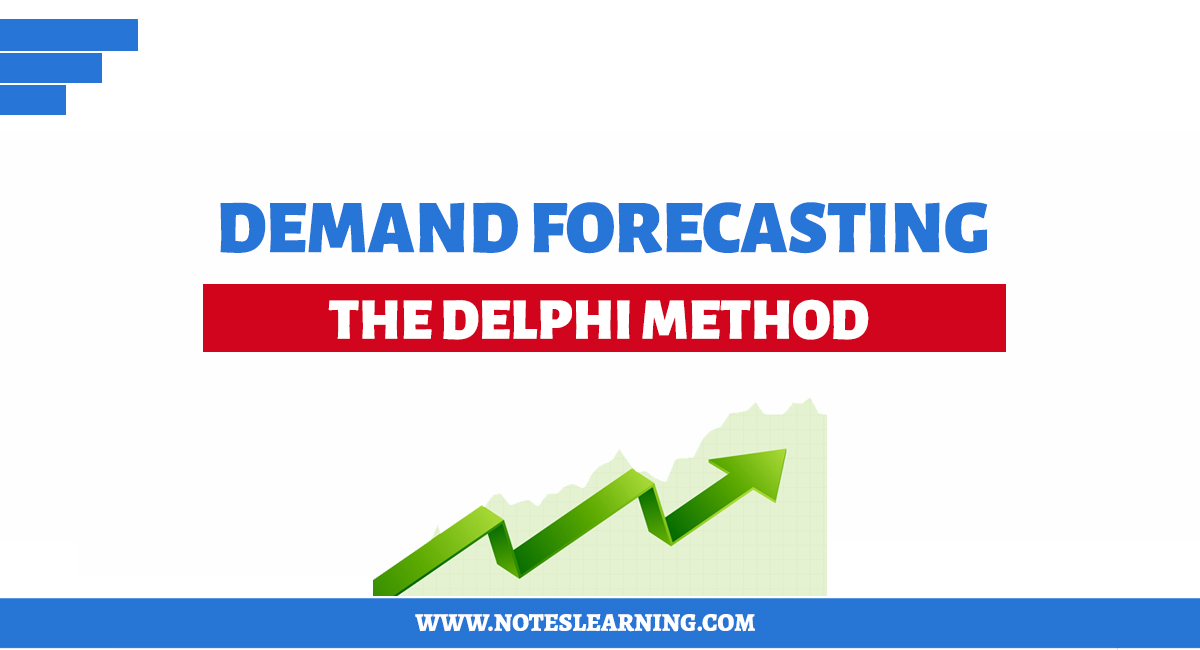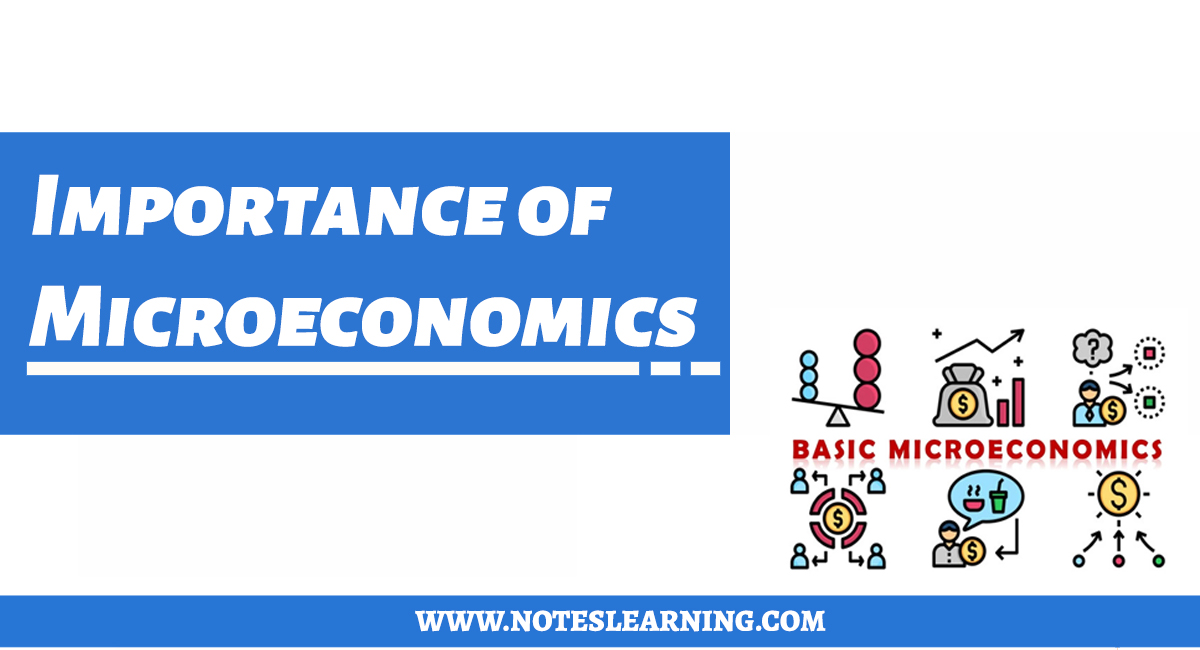What is Economic Disturbance?
Introduction Economic disturbance is anything that leads to disruptions and irregularities in an economy . It can be any event or situation, natural or unnatural, that causes deviation from the expected economic conditions. Raghuram Rajan, an Indian economist and a former governor of the Central Bank of India, has defined economic disturbance as a disruption … Read more










